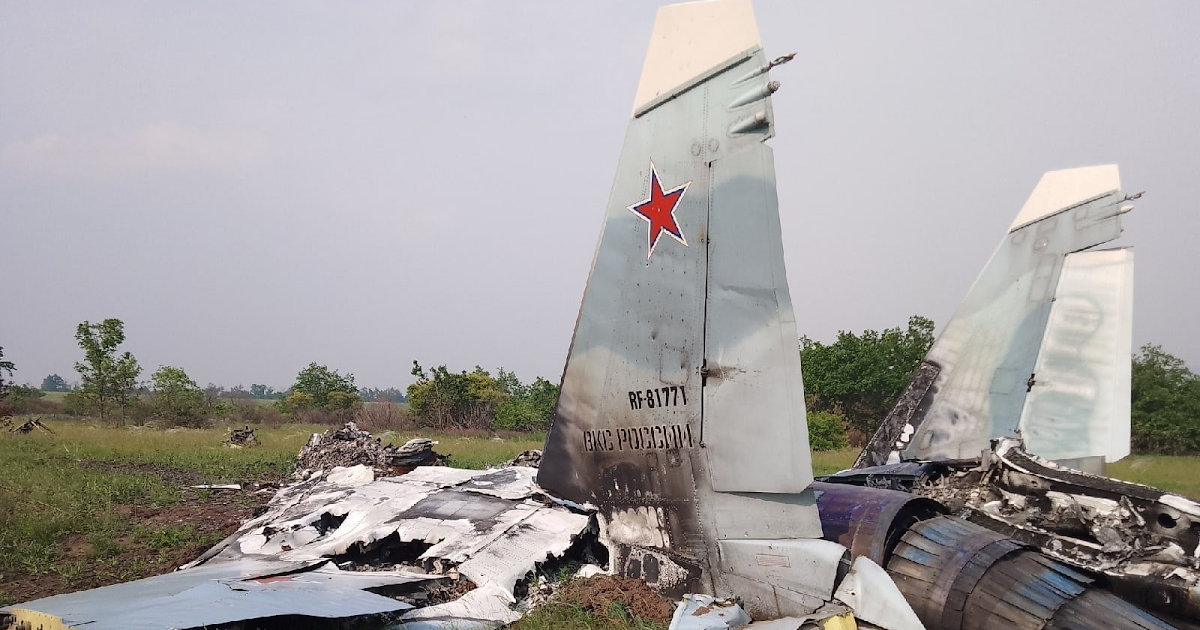Globalsecurity.org -sivustolla on usalainen taisteluhelikopterien tulenkäyttöä koskeva manuaali/ohjesääntö. Videolla nähty venäläiskopterien toiminta näyttää lainauksessa mainitulta running fire -tulimuodolta, ylösvedolla ilmeisesti haetaan oikea koro rakettien laukaisulle. Running fire -kohdassa käytetty lyhenne ETL on Effective Translational Lift tarkoittaen, että kopterilla riittävästi lentonopeutta siihen, että roottori pyörii puhtaassa ilmassa, mikä vakauttaa lentoa.
ENGAGEMENT TECHNIQUES
Attack helicopters can be extremely effective if aircrews understand the techniques and standards associated with the employment of their weapons systems. This chapter discusses the terminology, procedures, and standards for helicopter fired weapons.
Section I. Modes and Types of Fire
7-1. TYPES OF FIRE
The two types of fire are direct and indirect. FM 101-5-1 defines direct and indirect fire as follows:
a. Direct fire is "fire directed at a target that is visible to the aimer or firing unit."
b. Indirect fire is "fire delivered on a target which cannot be seen by the firing unit."
7-2. MODES OF FIRE
a. Hover Fire. Hover fire is defined as any engagement conducted below ETL. For objectively scored gunnery ranges, hover fire is broken into two subgroups. When hover is specified on a gunnery task, the crew will conduct the task from a stationary hover. This definition is not intended to conflict with aircraft ATMs.
(1) Stationary. Hover engagements occur with the aircraft at stationary hover. Both direct and indirect fires can be delivered during hover fire.
(2) Moving fire. Moving fire is an engagement from a moving helicopter below effective translational lift. Horizontal movement may be in any direction, but some deliberate movement is present. Both direct and indirect fires can be delivered during moving fire.
b. Running Fire. Running fire is an engagement from a moving helicopter above ETL. Both direct and indirect fires can be delivered during running fire. The forward airspeed adds stability to the helicopter and increases the delivery accuracy of weapon systems, particularly rockets.
c. Diving Fire. Diving fire is a direct fire engagement from a helicopter that is in a diving flight profile according to the aircraft ATM. The airspeed and altitude of the aircraft improve the accuracy of engagements, particularly for rockets.

www.globalsecurity.org
"As forward airspeed increases, the helicopter goes through effective translational lift (ETL) at about 16 to 24 knots. This is known as the ETL speed.[1]: 2–27 Above this speed, the rotor system completely outruns the recirculation of old vortices and begins to work in undisturbed air."

en.wikipedia.org




